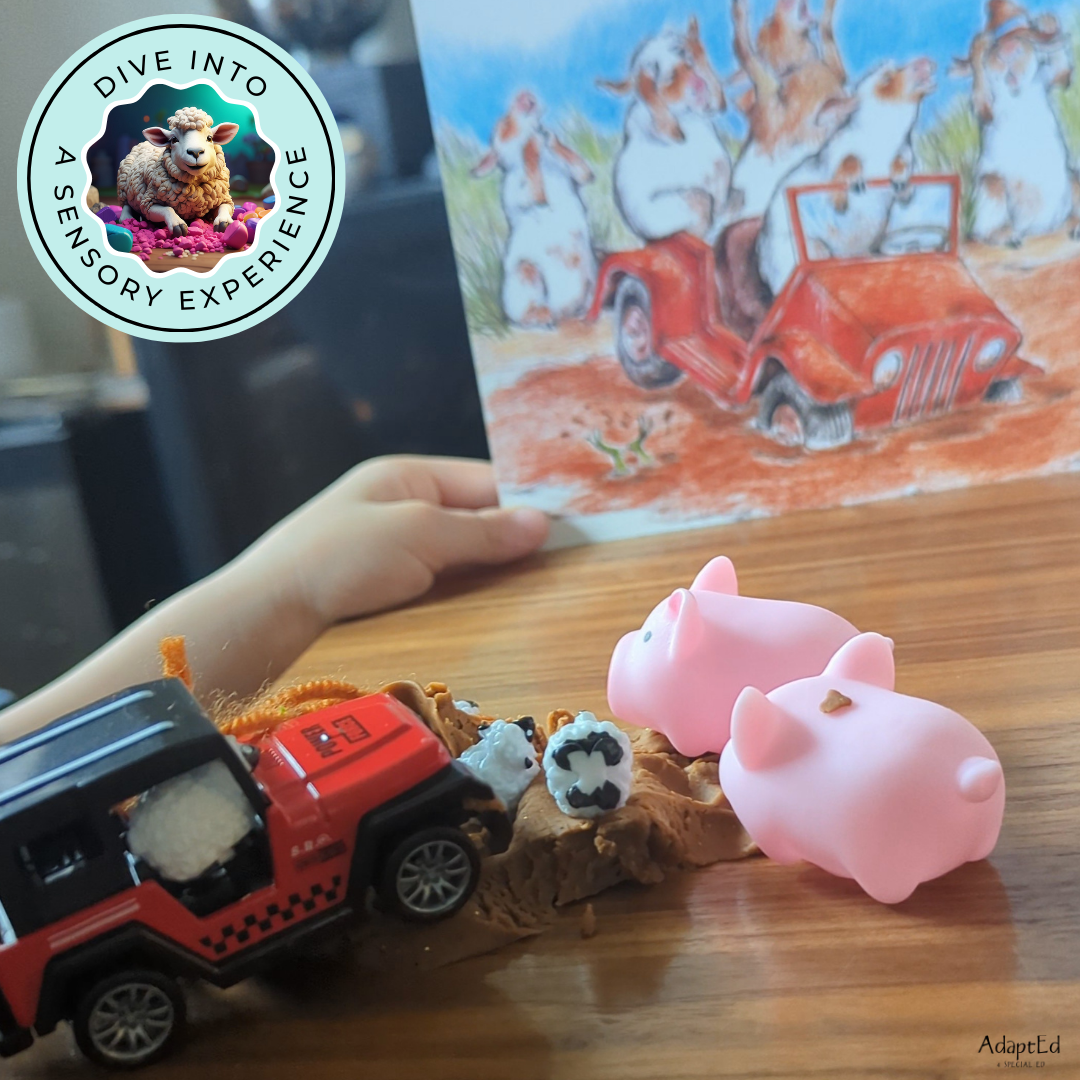Welcome back to the AdaptEd blog! It's Krystie here with some exciting insights into the transformative world of multi-sensory storytelling. As educators and caregivers, our mission is to create enriching educational experiences for all children, especially those with special educational needs. Today, let's dive into the essential tools and materials that make multi-sensory storytelling a deeply impactful teaching method. Plus, I'll introduce you to our very own Multi-Sensory Storytelling Kit!
Why Multi-Sensory Storytelling?
Multi-sensory storytelling opens up new avenues for learning by engaging more than one sense at a time. Studies show that when learners are immersed in a multi-sensory environment, their ability to absorb and retain information improves significantly. For instance, a research article in the Journal of Educational Psychology highlights that multi-sensory approaches can enhance memory retention and stimulate learning in children with various learning preferences (Smith et al., 2018).
Key Materials for Multi-Sensory Experiences
Tactile Objects
Objects that students can touch and manipulate are foundational to tactile learning. These allow students to 'feel' the story, building connections between their sense of touch and the narrative.
Visual Aids
Visual aids such as colorful pictures, flashcards, and storyboards help create a vivid imagery that can make storytelling more engaging and memorable for visual learners.
Sound Effects
Auditory learners benefit immensely from hearing related sounds and music. This could mean using instruments, voice modulation, or recorded sound effects to bring a story to life.
Scented Items
Introducing scents associated with the story can be incredibly evocative. For example, the smell of flowers when reading about a garden scene can provide a unique sensory experience.
Taste Opportunities
Where appropriate, incorporating elements of taste can make a story session unforgettable. This could be as simple as having a snack mentioned in the story.
Our Multi-Sensory Storytelling Kit: Sheep in a Jeep
Now, let me introduce you to a resource that seamlessly integrates all these elements - our Multi-Sensory Storytelling Kit: Sheep in a Jeep. This kit is not just a story; it's a sensory adventure! Crafted with care, it includes textured materials, visually stimulating images, and props that align with the story's progression, ensuring an inclusive and accessible learning experience for every child.
In Practice: Bringing Stories to Life
When conducting a multi-sensory story session, engage with each element interactively. For example, if the story mentions a rough surface, encourage students to touch a similar texture. If there's a jingle or a chant, have them listen and repeat. The goal is to use the materials to reinforce the narrative and make it as immersive as possible.
Conclusion
Multi-sensory storytelling is a powerful technique, especially beneficial for learners with special needs. By tapping into multiple senses, we cater to different learning styles and make stories more accessible and enjoyable. Incorporating these essential tools and materials promotes a deeper level of engagement and understanding.
The beauty of our Multi-Sensory Storytelling Kit is that it provides a structured yet flexible framework for you to weave a sensory-rich educational experience. Whether you're an educator, therapist, or parent, this kit is designed to help you unlock the joy of storytelling and learning.
Until next time, keep nurturing those brilliant young minds with the magic of multi-sensory learning!
Happy Multi-Sensory Storytelling, Krystie



